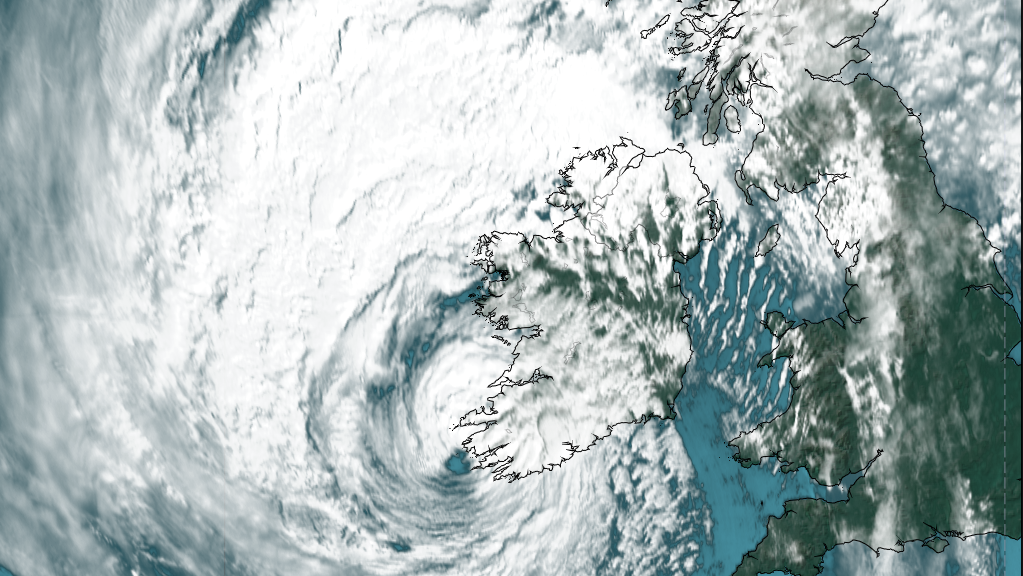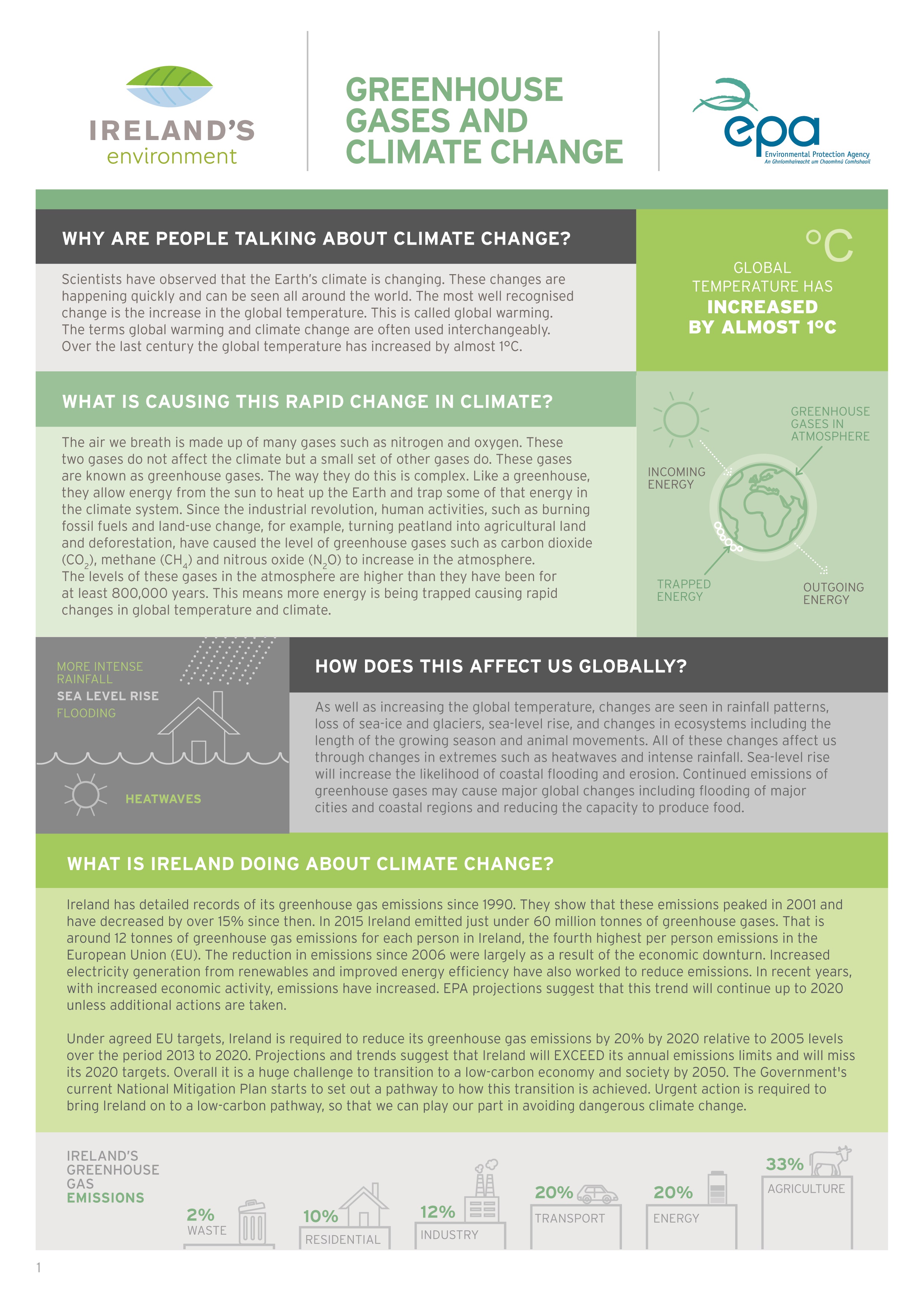The 2018 IPCC report, Global Warming of 1.5°C, reported that the global temperature had increased by 1.0°C relative to pre-industrial levels and that, at the current rate of warming, the world would reach a 1.5°C warming between 2030 and 2050. If continued, a 2°C increase could occur early in the second half of this century.
The main features of such an increase would be: increases in average temperature (surface air temperature and sea surface temperature); changes in precipitation patterns; changes in the rate of occurrence and scale of extreme weather events (such as heat waves, rainfall events, storms, sea surges and flash floods); slow-onset changes (such as sea level rise, the loss of glaciers and ecosystem changes).
Evidence of these changes is apparent around the world, as outlined in IPCC reports. Across Europe, there has been an increase of almost 2°C since the latter half of the 19th century. In general, the climate trends observed in Ireland follow the global average.
For Ireland, mid-century mean annual temperatures are projected to increase by between 1.0°C and 1.6°C depending on the emissions trajectory. Heat wave events are expected to increase and will have a direct impact on public health and mortality. These changes may affect the phenological phases in many plant and animal species. By mid-century increases in both dry periods and heavy precipitation events are predicted, meaning that we will have to consider increased flood risk and droughts risks.
Learn more about current trends in climate change in Ireland
- Ireland's greenhouse gas emissions
- Land use and forestry
- Impacts of climate change in the marine environment
- European trends








